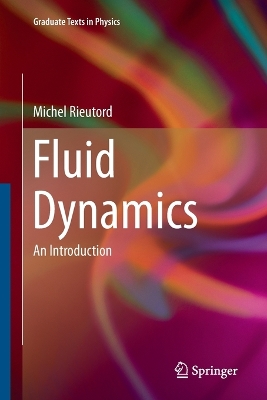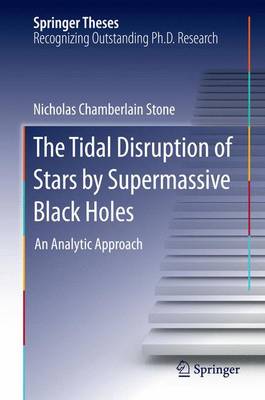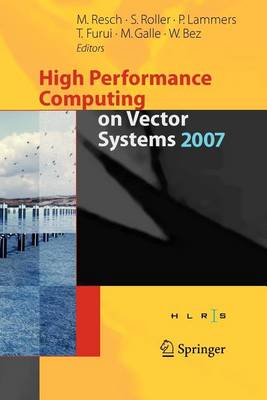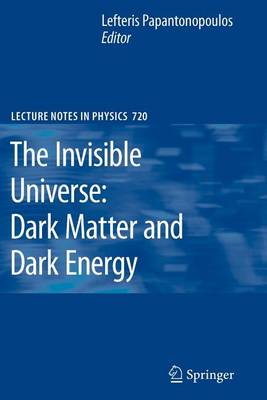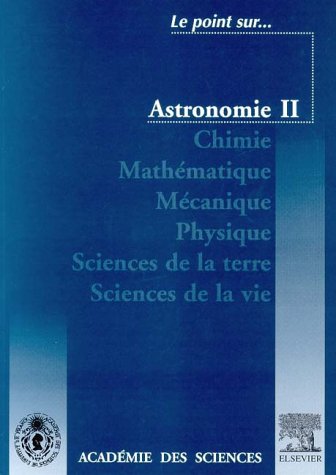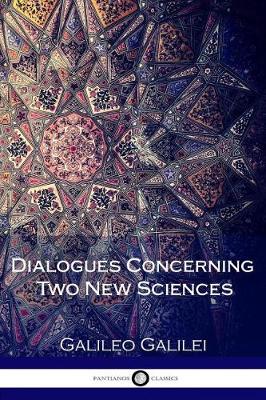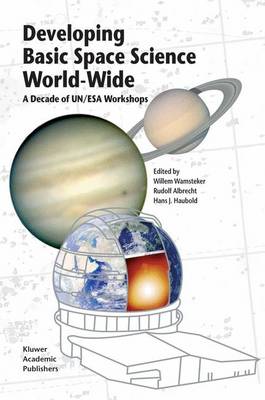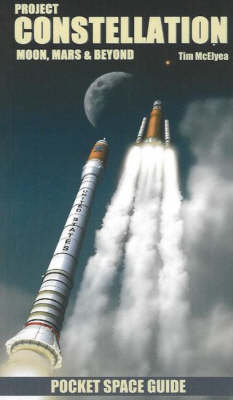This book is dedicated to readers who want to learn fluid dynamics from the beginning. It assumes a basic level of mathematics knowledge that would correspond to that of most second-year undergraduate physics students and examines fluid dynamics from a physicist's perspective. As such, the examples used primarily come from our environment on Earth and, where possible, from astrophysics. The text is arranged in a progressive and educational format, aimed at leading readers from the simplest bas...
The Tidal Disruption of Stars by Supermassive Black Holes: An Analytic Approach (Springer Theses)
This book provides a general introduction to the rapidly developing astrophysical frontier of stellar tidal disruption, but also details original thesis research on the subject. This work has shown that recoiling black holes can disrupt stars far outside a galactic nucleus, errors in the traditional literature have strongly overestimated the maximum luminosity of "deeply plunging" tidal disruptions, the precession of transient accretion disks can encode the spins of supermassive black holes, an...
The Wspc Reference on Natural Resources and Environmental Policy in the Era of Global Change
Gazetteer and Atlas of Astronomy
This combined gazetteer and atlas lists, defines and illustrates, for the first time, every named object in the sky within a single reference work for use by the general reader, writers and editors dealing with astronomical themes, and those astronomers concerned with any aspect of astronomical nomenclature. The naming of celestial objects is a vast subject, as might befit the study of the largest object known to man-the Universe itself. All human culture, past and present, is represented here....
Written by acclaimed science journalist Surendra Verma, this work is a fast-moving and accessible narrative. It outlines the historical, fictional, speculative and emerging scientific views of the possibilities of other life forms. Is there anybody out there? Are there other life forms lurking in outer space - or are they already here? Surendra Verma investigates...The rate of expansion of our universe is mind-blowing: imagine a pea growing to the size of the Milky Way in less time than it takes...
Sirius Matters (Astrophysics and Space Science Library, #354)
by Noah Brosch
Since very early times Sirius was a point of attraction in the night sky. It served to synchronize calendars in antiquity and was the subject of many myths and legends, including some modern ones. It was perceived as a red star for more than 400 years, but such reports were relegated to the Mediterranean region. Astronomically, Sirius is a very bright star. This, and its present close distance to us, argues in favor of it being the target of detailed studies of stellar structure and evolution. I...
Dialogues Concerning Two New Sciences (Illustrated)
by Galileo Galilei
Developing Basic Space Science World-Wide
by W Wamsteker, R Albrecht, and H. J. Haubold
? J. Andersen Niels Bohr Institute for Astronomy Physics and Geophysics Astronomical Observatory Copenhagen [email protected] The development of astronomy worldwide begins at the roots: Already from childhood, humans of all nations and civilizations seem to share an innate fascination with the sky. Yet, people in different regions of the world have vastly different possibilities for pursuing this interest. In wealthy, industrialised societies the way is open to a school or higher education in scien...
The Interplanetary Impact Formula - Tunguska, Siberia
by George Junghanns
Internationally known theoretical physicist and bestselling author Lawrence Krauss offers provocative, revelatory answers to the most basic philosophical questions: Where did our universe come from? Why is there something rather than nothing? And how is it all going to end? Why is there something rather than nothing?" is asked of anyone who says there is no God. Yet this is not so much a philosophical or religious question as it is a question about the natural world-and until now there has not b...
From Dust to Stars (Astronomy and Planetary Sciences) (Springer Praxis Books)
by Norbert S Schulz
Studies of stellar formation in galaxies have a profound impact on our understanding of the present and the early universe. The book describes complex physical processes involved in the creation of stars and during their young lives. It illustrates how these processes reveal themselves from radio wavelengths to high energy X-rays and gamma -rays, with special reference towards high energy signatures. Several sections devoted to key analysis techniques demonstrate how modern research in this fiel...
Der Sternenhimmel 1997 (Der Sternenhimmel, 57/1997)
by Ernst Hugli, Hans Roth, and Karl Stadeli

